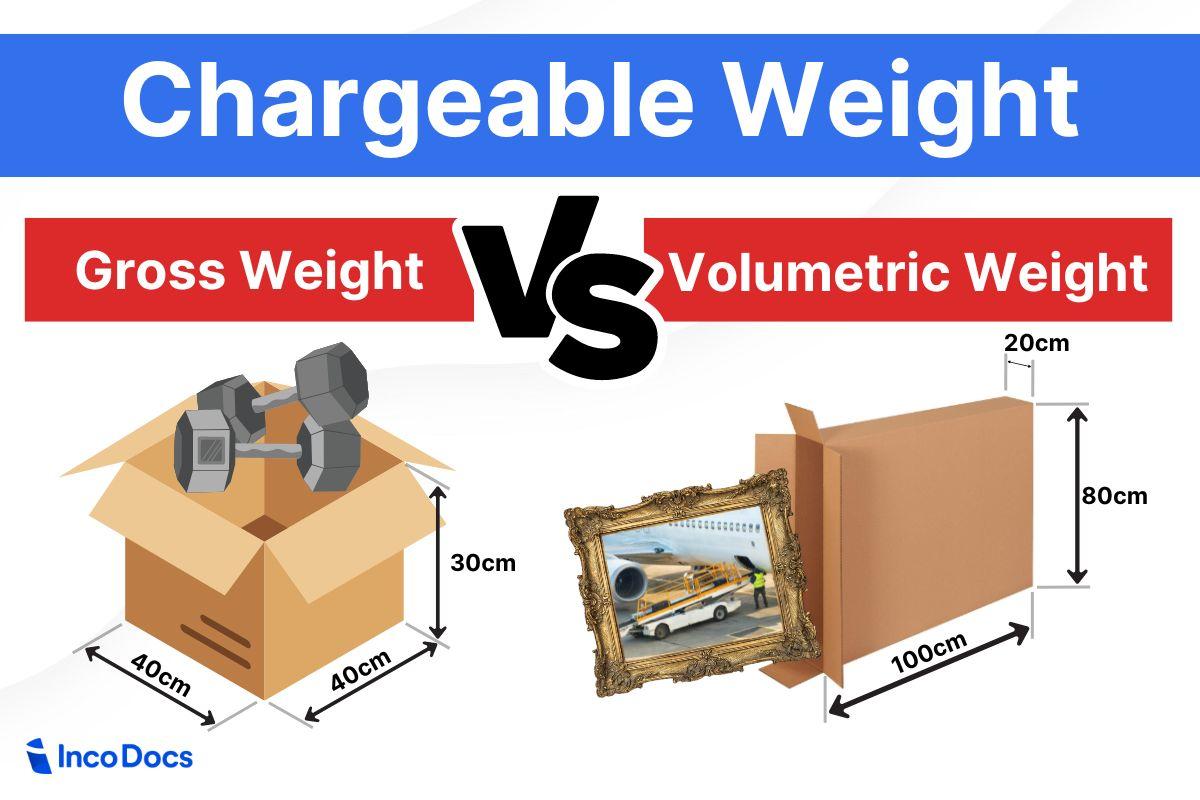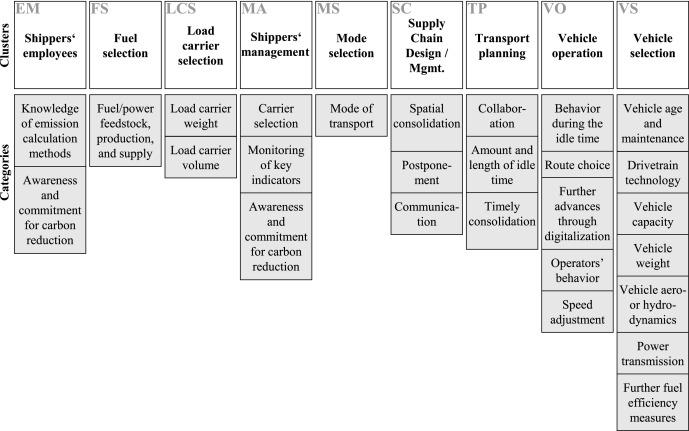In the fast-paced world of logistics, every gram counts. Businesses are constantly looking for ways to optimize their shipping processes and maximize efficiency. One key factor that plays a crucial role in the transportation of goods is the concept of chargeable weight. In this article, we will delve into the intricate world of chargeable weight logistics and explore how it impacts the shipping industry. Join us as we uncover the hidden complexities behind this seemingly simple calculation and discover how it can make or break the success of your shipping operations.
Understanding Chargeable Weight Calculation in Logistics
Calculating chargeable weight in logistics is a crucial aspect of determining shipping costs accurately. It is important to understand how this calculation works to ensure that you are charged correctly for the transportation of your goods. Chargeable weight is not always the same as the actual weight of the shipment, as various factors can influence the final cost.
When determining the chargeable weight of a shipment, logistics companies take into account the greater of either the actual weight or the volumetric weight of the package. Volumetric weight is calculated based on the size of the package, taking into consideration the length, width, and height. By understanding how chargeable weight is calculated, you can better estimate shipping costs and optimize your logistics operations to minimize expenses.

Efficient Shipping Strategies to Minimize Chargeable Weight Costs
When it comes to efficient shipping strategies, minimizing chargeable weight costs is essential for businesses looking to optimize their logistics operations. By reducing the weight of shipments that are subject to charges, companies can save money and improve their bottom line. One effective way to minimize chargeable weight costs is to carefully pack and consolidate items to decrease the overall weight of the shipment. This can be achieved by using smaller packaging, removing any excess materials, and optimizing the layout of items within the packaging.
Another strategy to minimize chargeable weight costs is to consider alternative shipping methods, such as utilizing air freight services for time-sensitive shipments and sea freight for larger, less urgent shipments. By choosing the most cost-effective shipping method based on the size and urgency of the shipment, companies can reduce chargeable weight costs and improve overall efficiency. Additionally, implementing automated shipping solutions and leveraging technology can help streamline the shipping process, reduce errors, and ensure accurate weight calculations, further minimizing chargeable weight costs for businesses.

Tips for Optimizing Transport Processes to Reduce Chargeable Weight
When it comes to optimizing transport processes to reduce chargeable weight, there are several strategies that can be implemented to streamline operations and minimize costs. One key tip is to carefully consider packaging design and materials. By using lightweight yet sturdy materials, you can reduce the overall weight of shipments without compromising on product protection. Additionally, consolidating shipments whenever possible can help to minimize empty space in containers or trucks, ultimately lowering the chargeable weight.
Another effective way to optimize transport processes is to implement efficient loading and unloading procedures. By maximizing the use of available space and organizing shipments strategically, you can reduce the number of trips needed to transport goods. This not only reduces chargeable weight but also saves time and resources. Lastly, consider investing in technology solutions such as route optimization software or real-time tracking systems to enhance visibility and control over shipments, further contributing to a more efficient and cost-effective transport process.

Maximizing Cost Savings through Effective Management of Chargeable Weight in Shipping Operations
In the world of shipping operations, managing the chargeable weight of packages is essential for maximizing cost savings. By effectively managing the chargeable weight, companies can optimize their shipping processes and reduce expenses. One key strategy for achieving this is to ensure accurate measurements and calculations of chargeable weight for each shipment.
Another important aspect of maximizing cost savings through effective management of chargeable weight is to explore different packaging solutions. Utilizing lightweight materials and compact packaging designs can help reduce the overall chargeable weight of shipments. Additionally, implementing efficient loading strategies and maximizing space utilization in shipping containers can further optimize cost savings in shipping operations.
To Wrap It Up
In conclusion, understanding chargeable weight is vital for efficient logistics, transport, and shipping processes. By considering factors such as volume, density, and carrier regulations, businesses can accurately calculate the cost of transporting their goods and manage their budgets effectively. Embracing the concept of chargeable weight allows companies to streamline their operations, minimize unnecessary expenses, and ultimately enhance their overall supply chain performance. Stay informed, stay efficient, and watch your shipping operations soar to new heights. Thank you for reading!
